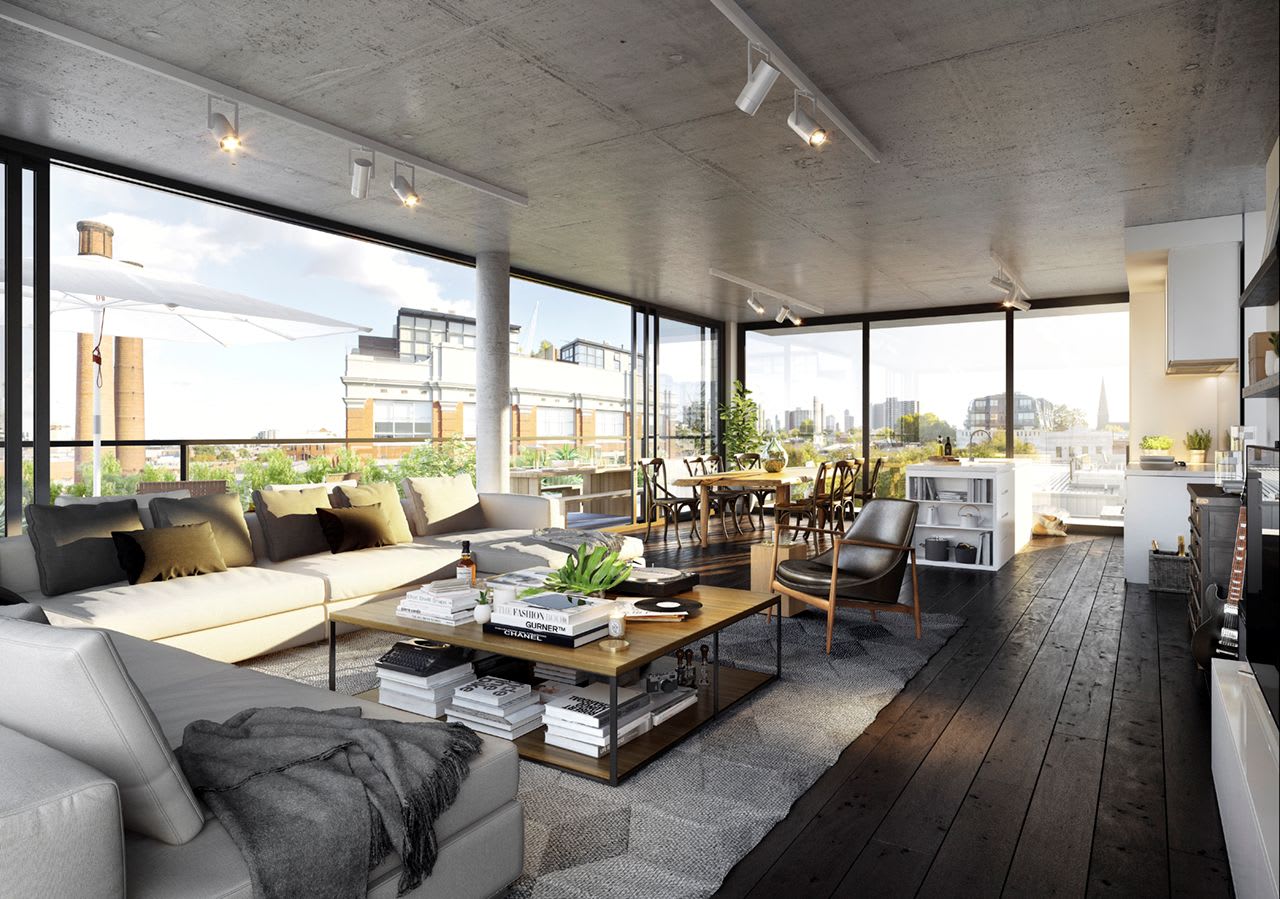Going Going Gurner! 28 Stanley Street and minimum apartment guidelines
Tim GURNER may well need to be referred to as the man with the golden touch soon enough as another of his development firm's projects has sold out almost immediately. GURNER had little trouble in finding buyers for all apartments within 28 Stanley Street, reaching 100 percent sales within 48 hours.
Registrations of interest were taken prior to the project's launch, resulting in a bias toward owner occupier purchasers intent on securing an apartment within Collingwood's Foy and Gibson precinct. 28 Stanley Street joins a fellow GURNER endeavour nearby at 107 Cambridge Street which has progressed quickly to construction after a brisk sales campaign.
Overall 28 Stanley Street is Tim GURNER’s 14th project within a two kilometre radius of the Collingwood site, taking into account projects from fellow developer Urban Inc. in which Tim GURNER has an interest.
With a project value of $30 million, 28 Stanley Street is a design of New Zealand architecture practice Warren and Mahoney, who have recently opened a Melbourne office. 40 large loft style apartments are included within the development, with retail and entertainment spaces at ground level.
Single bedroom apartments account for near on 20% of dwellings, with the project being reconfigured prior to launch in order to accommodate increased apartment sizes pitched toward owner occupiers. Apartment sizes range between 55sqm for single bedroom dwellings to up to 150sqm for three bedroom penthouses, all of which fetched prices in excess of $1.5 million.
The interest from owner occupiers has been absolutely astounding. Our large apartment offerings have been the first to sell, with many purchasers buying two apartments and customising them to suit their lifestyle – a new trend in Collingwood that only two years ago would have been unheard of.
Based on the sales of our previous sell out Collingwood project, 107 Cambridge Street, we knew the owner occupiers demanded larger apartments, so we completely redesigned this project to offer larger-than-average, luxury apartments.
Tim GURNER
Tim Gurner on the folly of minimum apartment guidelines
Citing the success of 28 Stanley Street as a project that has directly responded to the wants and desires of potential customers, Tim GURNER believes 28 Stanley Street also reveals flaws in the proposed minimum design standards for apartments in Victoria.
Had we offered these large apartments in the CBD or West Melbourne, it would have been a totally different story as the market in these locations has very different demands and desires. That’s why it is so important to assess each and every project on its own merits using its extremely local buyer profile as a guide, rather than using a blanket formula across the board.
What works for one location is absolutely not going to be the right mix for another location, which is why I strongly believe that applying apartment standards across Victoria is a flawed premise that simply won’t be able to keep up with our rapidly moving market trends.
This is evident of the market dictating appropriate product and we as developers must be flexible in order to adapt and deliver what the market wants.
Tim GURNER
If implemented, the binding guidelines would effectively hamstring architects and developers from adapting to future fluctuating market trends according to Tim GURNER. Expecting the guidelines to quickly become outdated in the event they are implemented, he also expects they would severely limit supply and increase costs across the board.
The proposed apartment standards guidelines could have a devastating effect on Victoria’s affordability and supply, just as it did in Sydney when New South Wales introduced the SEPP 65 over a decade ago. The implications of those policy changes caused 10 years of under supply which pushed up prices to unsustainable levels, which has now resulted in a property market which is simply unaffordable for anyone trying to enter the market for the first time.
Under the proposed changes, a development site which would currently house 100 apartments, may in the future be limited to just 60 or 70 under the new laws. This means less apartments are delivered but at a greater cost to the end user as developers will still need to recoup development costs.
This is coupled with Melbourne’s restrictive new neighbourhood planning laws which have placed severe restrictions on development in many of Melbourne’s desirable inner suburbs, which is already having a marked effect on supply in our most in-demand locations. The combination of these two policy changes together would absolutely have a lasting negative effect on supply which would ultimately push up prices to unsustainable levels.
Tim GURNER
